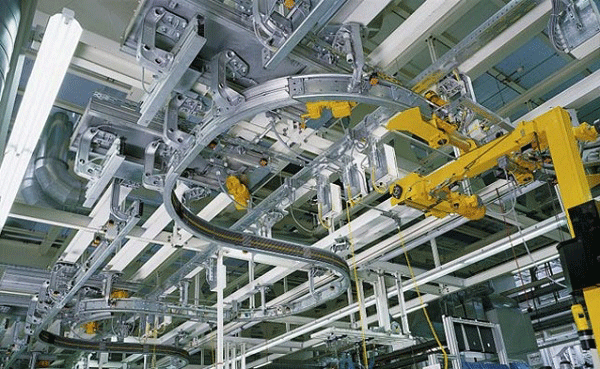An automation system is basically a control system that can control equipment such as boilers, heat treating ovens, processes in factories, machinery, telephone networks, steering of ships, aircraft’s and anything else that doesn’t require much human labour. Depending on the process, they might be partially or fully run by an automation system.
One of the biggest benefits that comes from an automation system is that it saves labour and human error. It also saves energy and materials along with being very accurate and precise. An automation system is achieved by combining mechanical, hydraulic, pneumatic, computers, and electrical equipment. It is usually a combination of some or all of them. Most factories, airplanes, ships or any field that requires a more complicated system usually uses all of these combined together.
Let’s go over a few interesting facts about automation systems throughout history and how they got to be so advanced today.

The earliest control mechanism that is marked in history was made by Edmund Lee in 1745 and his mechanism was used to tent the sails of windmills. There is quite a large gap in history after this and many people aren’t sure whether these systems were used or not until 1785 when Oliver Evans created the first automated industrial process in an automatic flour mill. He didn’t get much recognition for this at the time until James Clerk Maxwell published a paper that in short included a theoretical basis for control theory. The telephony systems had started to become more and more known especially after the second world war which also brought about fire control systems and aircraft controls. From 1900 to the 1920, electric power stations also started to change and grow which created a larger demand for these systems. The most recent step forward, as far as history goes, occurred in 1959 where Texaco’s refinery became the first chemical plant to use digital control.
There are so many applications throughout history that used an automation system that many of us are not aware of. Today these systems have basically become the backbone of many industries with them being used in almost every type of manufacturing process and assembly process. Some of these industries and processes include electrical power generation, bottling, canning, oil refining, food processing, beverage processing, chemicals, natural gas separation, steel mills, glass manufacturing, plastics, aircraft production, cement, truck assembly, automobile assembly, paper mills, fertilizer plants, and the making of various parts.
Robotics is also widely used and considered a part of the automation system. They are used in most hazardous situations or complicated situations, for example, the spray painting of automobiles, the assembly of electronic circuit boards, and much more.
The Benefits and Downfalls of the Automation System
Some of the main benefits of these systems are: increased productivity, better quality, product consistency, fewer expenses, better accuracy, making hard physical labour easier for employees, safety of employees is improved as they don’t have to work hazardous jobs, out-performance of human capabilities, and a lot more.
Some of the disadvantages that these systems may cause occur due to their lack of human logic. Machines are still very limited when it comes to accessing newly created situation therefore humans still have to monitor the work of these systems from time to time. Furthermore, they can be pricey and bring about some unpredicted development costs, but this may not be a rule of thumb for everyone or every application.
If you are a manufacturer looking to invest money in newer, more efficient systems, then you should consider looking further into automation systems that can save you time, money, and offer you a whole range of benefits you might not have considered possible.
























